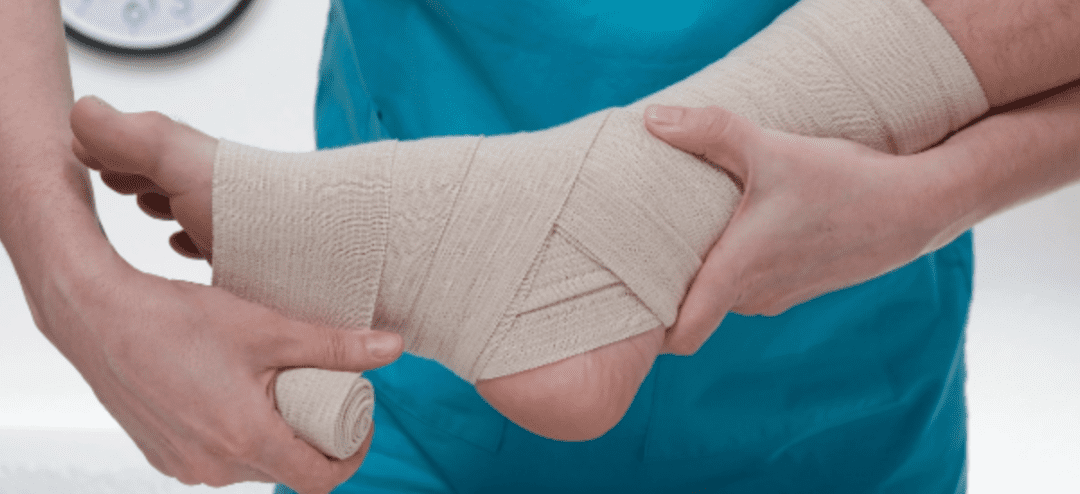Regenerative medicine, also known as stem cell therapy, is an alternative medicine that seeks to replace damaged tissue and/or organs. Usually, this damage is a result of disease, congenital issues, or trauma. Regenerative therapies are distinct from clinical strategies. Typically, clinical strategies primarily focus on treating the symptoms of an issue. Regenerative therapies, on the other hand, seek to address the issue itself. Here we will discuss Regenerative Medicine for ankle pain.
In recent years and based on research, stem cell therapy has become a more often explored option either in conjunction with traditional medicine or if options have been exhausted. It can be used to help manage and potentially provide a healing cascade for joint pain associated with certain injuries and illnesses.
What Are Stem Cells?
Stem cells are raw materials in the body. They’re the cells from which other specialized cells are generated. Stem cells will divide to form more cells, which are called daughter cells. Daughter cells transform into either new stem cells or specialized cells that perform a more specific function. Some of these specialized cells include:
- Brain cells
- Blood cells
- Bone cells
- Heart muscle cells
Mesenchymal stem cells are fascinating because no other cell in the human body has the ability to generate completely new cell types.
What Is Stem Cell Therapy?
Stem cell therapy uses stem cells to help repair injured, dysfunctional, or diseased tissue. Using stem cells in medicine can help support your body’s ability to heal and regenerate itself while reducing pain.
Common Causes of Ankle Pain
Some common injuries associated with ankle pain include:
- Achilles tendon rupture
- Achilles tendinitis
- Avulsion fracture
Sometimes, ankle pain can happen without an injury, as in the case of rheumatoid arthritis, gout, osteoarthritis, and lupus.
Stem Cell Therapy for Ankle Pain
Since stem cell therapy has dual functions (i.e., the healing function and the pain relief function), stem cell therapy can manage ankle pain that is or isn’t associated with injuries.
Patients’ response to therapy may vary on when they see potential improvements, but generally they may experience some pain relief after around three weeks post-treatment. This improvement will gradually continue over the course of months or years.
Benefits of Regenerative Medicine
Depending on the degree of injury, stem cells have the ability to help regenerate the injured or diseased tissues. For patients who want to avoid invasive surgeries or pain medications to address their musculoskeletal injury, stem cell therapy may be an option to explore. This post was written by a medical professional at Stemedix Inc. At Stemedix we provide access to Regenerative Medicine for Orthopedic also known as Orthopedic Stem cell Therapy. Regenerative medicine has the natural potential to help improve symptoms sometimes lost from the progression of many conditions. If you want to learn more about Regenerative Medicine for ankle pain, contact us today at Stemedix.


 St. Petersburg, Florida
St. Petersburg, Florida
